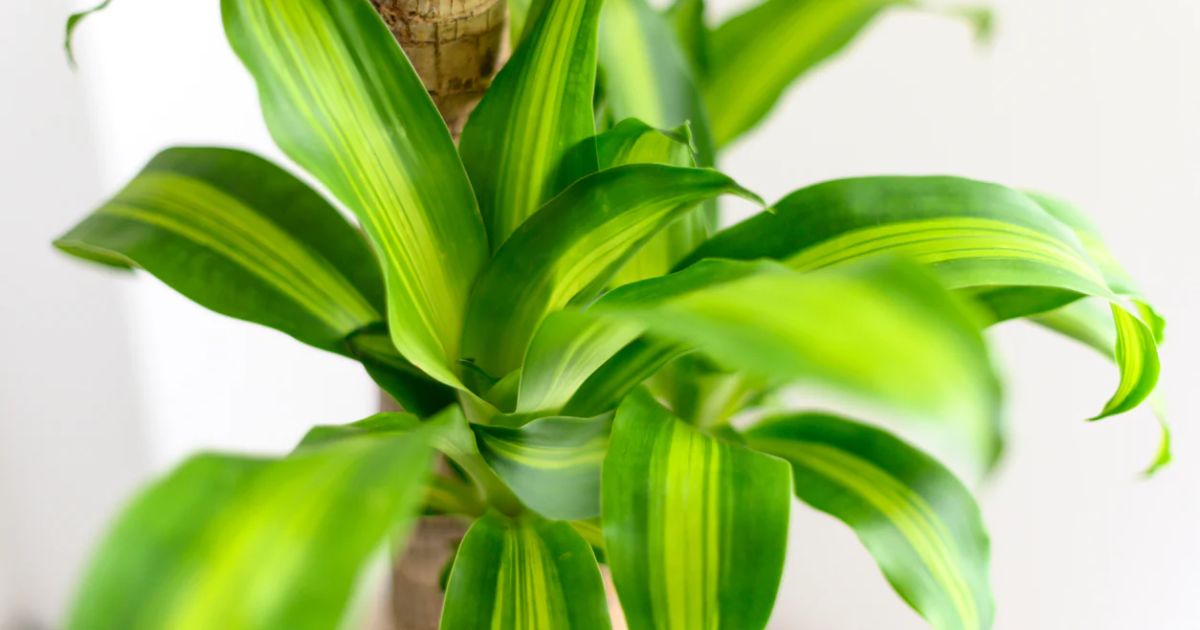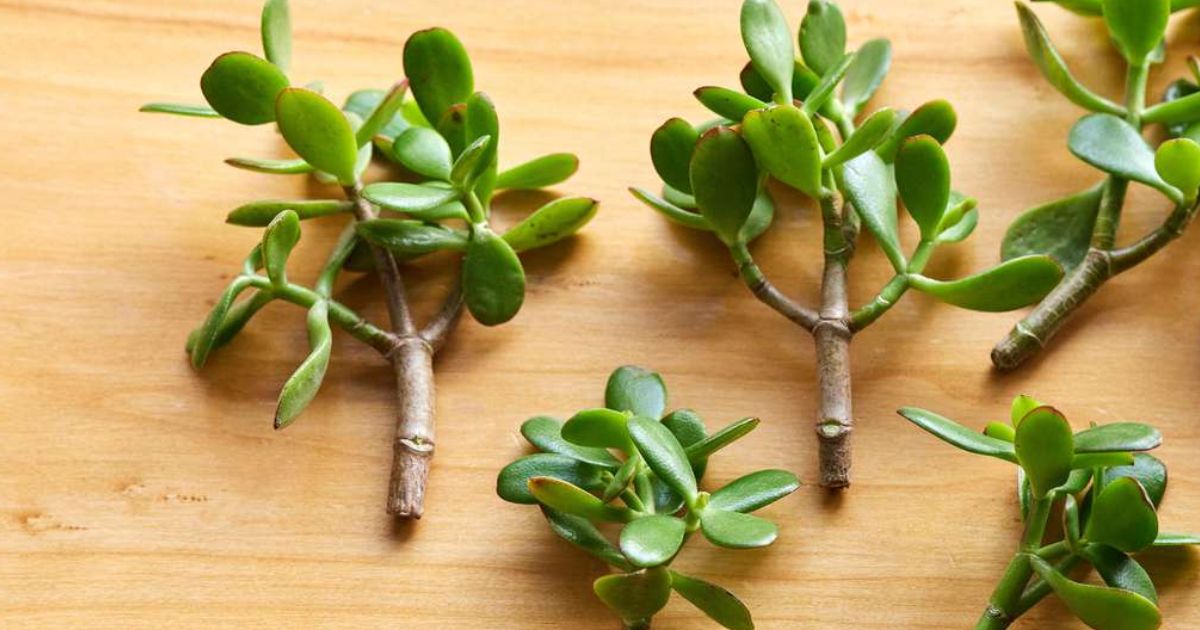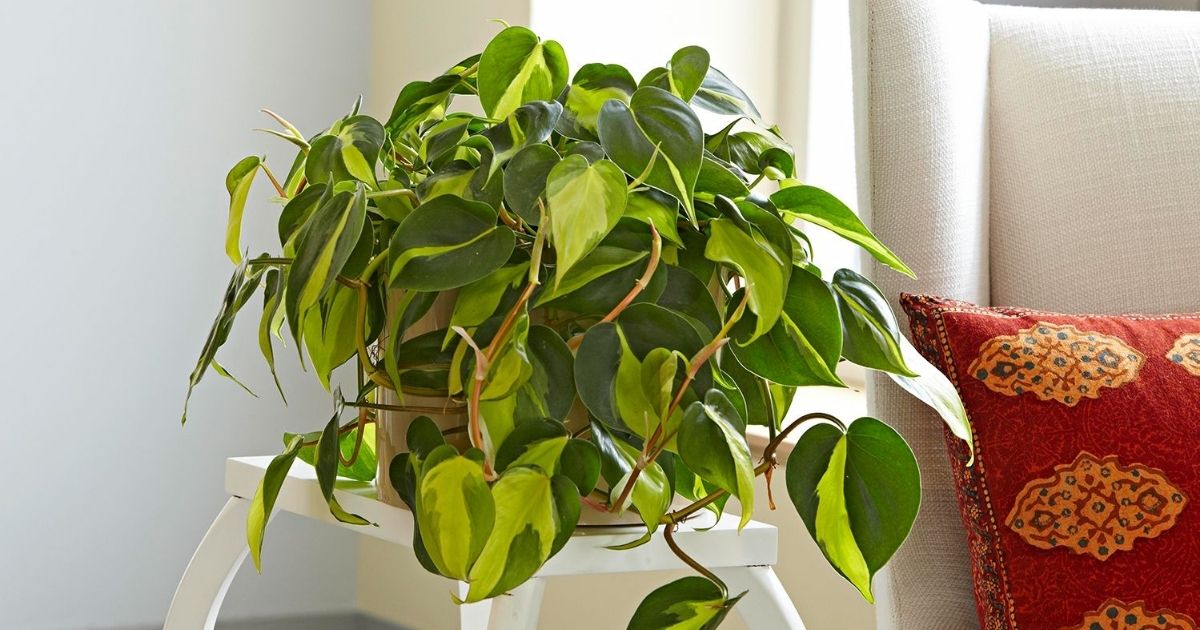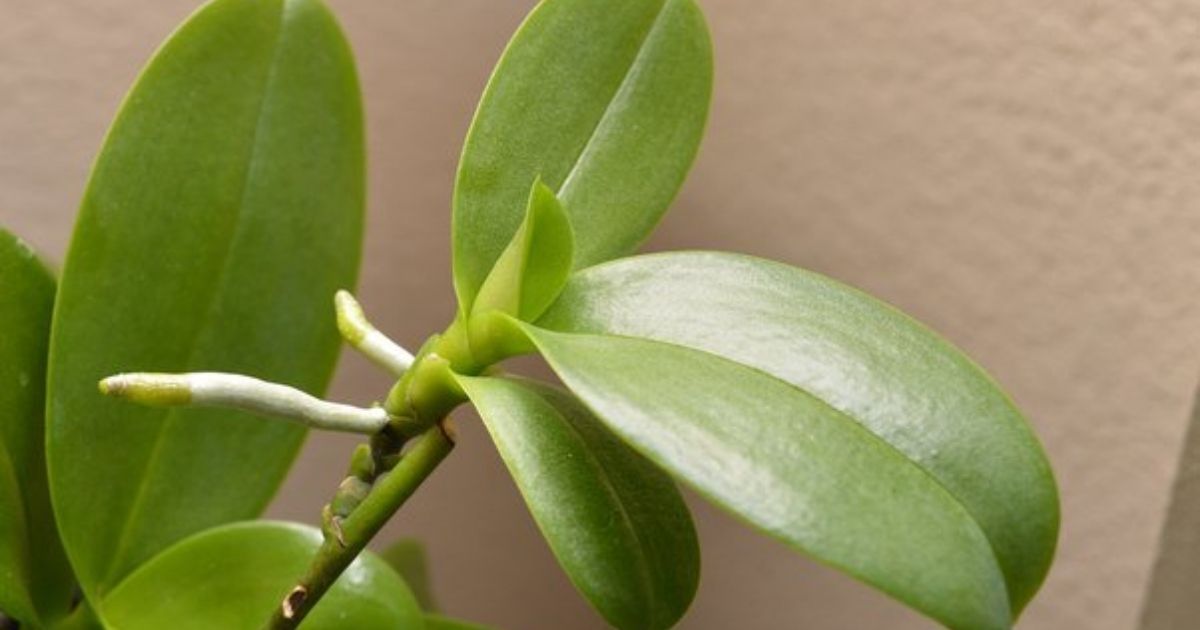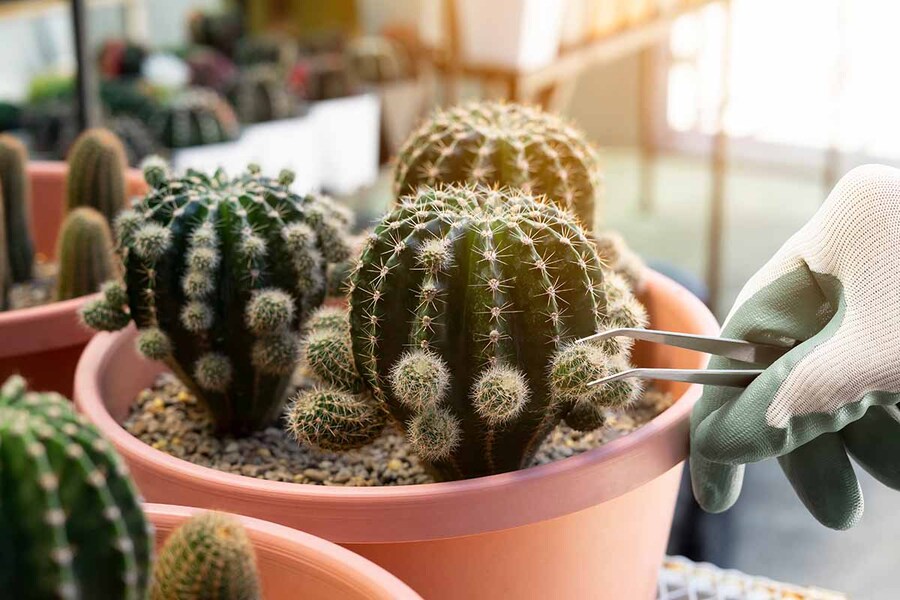How to Propagate Peace Lily: Essential Tips and Techniques
The Peace Lily, or White Sails, acts as a natural air filter, absorbing common household toxins. They also boost indoor humidity levels, improving comfort and reducing respiratory problems. They are low maintenance and conveniently droop their leaves when thirsty. We can plant them in indirect light, making them ideal for many plant parents.
In this guide, Benchmark Hydroponics’s experts walk you through three methods of how to propagate peace lily.
Table of Contents
How to Propagate Peace Lily: 3 Methods
Benchmark Hydroponics will make propagating your white sail is easy with just a few tools. You'll need:
- A healthy Peace Lily with multiple growths (crowns)
- Mature seeds
- Sharp knife or pruning shears (sterilized with rubbing alcohol)
- Water can
- Clear glass container for water propagation
- Well-draining potting mix
- Small pots (3-4 inches) with drainage holes
Method 1: Division (for mature Peace Lilies)
A peace lily might be ready for a new chapter if its pot overflows with foliage, making it difficult for new leaves to emerge in the center. Look for roots peeking from the drainage holes or circling the pot's interior, both signs of being root-bound.
Additionally, a decrease in flower production (fewer or smaller blooms) or uneven growth favoring one side of the plant can signal it's time to divide and how to propagate Peace Lily from cutting.
Overcrowding is an easy realization to propagate Peace Lily.
You’ll need:
- Sharp, sterile knife or pruning shears
- Several small pots (3-4 inches) with drainage holes
- Well-draining potting mix suitable for aroids or African violets
- Newspaper or tarp (optional)
- Watering can
Here are step-by-step processes for dividing the root ball:
- Step 01 - Prepare your workspace: Lay down a newspaper or a tarp to catch any spills.
- Step 02 - Hydrate the plant: Water your Peace Lily thoroughly a day before division to make the roots easier to handle.
- Step 03 - Gently remove the plant: Unpot the Peace Lily carefully, holding the base of the stems.
- Step 04 - Examine the root ball: Look for natural separations between the growths (crowns) and their roots.
- Step 05 - Divide the roots: Carefully cut through the root ball between the separations using your sterilized knife or shears. Aim for at least 2-3 healthy leaves with good root systems per division.
Two to three healthy leaves with good roots are recommended.
After dividing, fill your prepared pots with fresh potting mix. Make a hole in the center of each pot large enough to accommodate the roots of a division. Place each division in its pot and fill the remaining space with potting mix.
Water each newly planted division until water runs out of the drainage holes.
You should not tighten the soil too hard for better air in the soil
Give your newly divided Peace Lilies bright, indirect sunlight, shielding them from the strong afternoon sun. Water deeply when the top inch of soil feels dry.
However, overwatering can cause root rot. To fuel their growth, feed them with a balanced liquid fertilizer during spring and summer.
Putting a Peace Lily inside the home near a window for indirect sunlight.
Method 2: Water Propagation
Peace Lily propagation isn't possible with regular stem cuttings. But you're more likely to succeed if you select a healthy stem with roots above the soil (aerial roots).
Use a clear glass container for water propagation to monitor this root development. Ensure it wasn't used for food or harsh chemicals beforehand or sanitize it with warm water!
When putting it in water, ensure the aerial roots get a good soak. The main stem, however, should stay above the waterline to avoid any potential rot.
Be careful and make sure the main stem is above the water.
Swap root out every 3-5 days to keep bacteria at bay and encourage strong growth. Optional for filtered or rainwater if possible.
Once those new roots reach 1-2 inches and show a healthy white and firm appearance, it's time to graduate to soil. Here, a well-draining aroid mix is ideal. Also, choose a pot just a touch bigger than the root ball to prevent overwatering.
Method 3: Propagation from Seed (The less common method)
Peace lily "flowers" are not true flowers; they are modified leaves covering the tiny actual flowers. However, they can produce green berries that eventually turn orange or red when mature. The seeds are contained within these berries, which may take several months to mature after the flower fades.
Only select mature seeds for a higher chance.
Peace lily seeds aren’t appropriate with garden soil. Instead, look for a well-draining seed-starting mix specifically formulated for delicate seedlings. Look for mixes containing perlite or vermiculite for optimal drainage and aeration.
Peace Lily seeds prefer a light touch to some seeds that need deep planting. Gently press them onto the moistened seed-starting mix. Then, cover them lightly with just a sprinkle of soil.
Peace lily seeds thrive in warm and humid conditions. A clear plastic cover creates a mini greenhouse over your planting tray. Keep the temperature around 70-75°F (21-24°C) and mist the surface regularly to maintain moisture.
Germination can be slow and erratic, taking 4-12 weeks. However, once tiny green sprouts emerge, ventilation increases by periodically opening the plastic cover for short durations.
The process of a Peace Lily growing from seeds.
See more:
- How to propagate money tree
- How to propagate a peach tree
- How to propagate fig tree
- How to propagate plants in water
- How to propagate pine trees
- How to take plant cuttings
- How to raise humidity in grow tent
- How to lower humidity in grow tent
Essential Tips for Successful Propagation
Following these essential tips, you can increase your chances of successful propagation with your Peace Lily plant.
- Using sterilized tools: Always sterilize your cutting tools (knife or shears) with rubbing alcohol before propagating Peace Lily. This helps prevent the spread of bacteria and promotes healthy growth in your new plants.
- Choosing the right pot size: Don't overwhelm your new divisions with too much space. Choose pots only slightly larger than the root ball of each new plant. This allows for proper moisture management and encourages healthy root development.
- Well-draining potting mix: Select a well-draining mix specifically formulated for Peace Lily. This ensures proper aeration and prevents root rot, a common problem of Peace Lilies.
- Maintaining proper moisture levels: Water your newly propagated Peace Lilies thoroughly when they dry out slightly to the touch. Avoid overwatering, as this can be detrimental. Remember, "less is more".
- Indirect sunlight: Peace Lilies love a shady corner in their mature state, but propagating divisions benefit from brighter, indirect sunlight. This helps them photosynthesize and establish themselves more quickly.
- Patience is key: Don't expect instant results. Rooting and establishing new growth takes time. Provide consistent care and enjoy watching your Peace Lily family expand with a little patience.
Frequent Ask Question
1. Can You Propagate A Peace Lily From A Cutting?
Unfortunately, Peace Lilies cannot be reliably propagated from stem or leaf cuttings. Unlike some houseplants, they don't develop roots effectively this way.
However, Peace Lilies can still be multiplied through division, water propagation, or propagation from seed. The most common is division, separating a mature Peace Lily plant at the roots, resulting in multiple new plants.
2. When Should I Split My Peace, Lily?
You have two considerations for when to split your Peace Lily:
- Ideal Timing: The absolute best time for propagation through division is during its active growing season, typically in spring or early summer. This allows the newly separated plants to establish themselves more quickly because of more energy for growth.
- Acceptable All Year: While spring and early summer are ideal, Peace Lilies can technically be divided at any time of year. However, the new plants might take longer to recover and establish themselves in the cooler winter months.
3. Will A Peace Lily Grow Back If You Cut It?
No, it will not. Two common situations happen depending on what part of the Peace Lily you cut.
- Leaves: Peace Lily leaves won't grow back from the cut stem. However, the plant will send up new growth from its base to replace lost leaves.
- Stems: If you cut off a stem, especially one without any nodes (the little bumps where leaves grow), it won't grow back.
Peace lilies are resilient plants and can bounce back well from pruning. Cutting its parts can even be beneficial for encouraging new growth.
4. Can Peace Lily Grow In Water?
Yes, absolutely! Peace lilies can be propagated in water, which is a recommended way to create new plants. However, it is best to move the propagated Peace Lily to the soil for long-term health and thriving growth.
